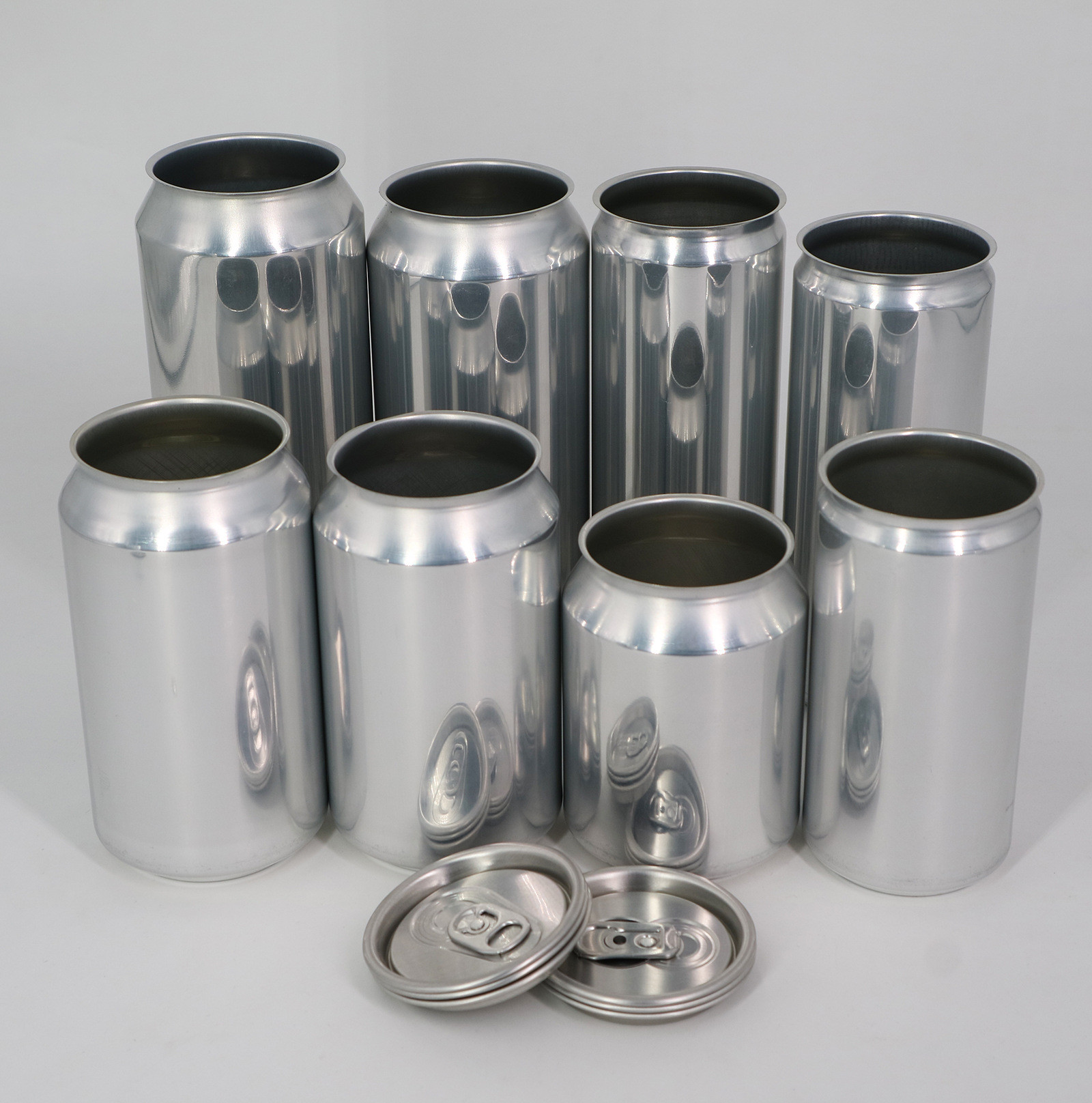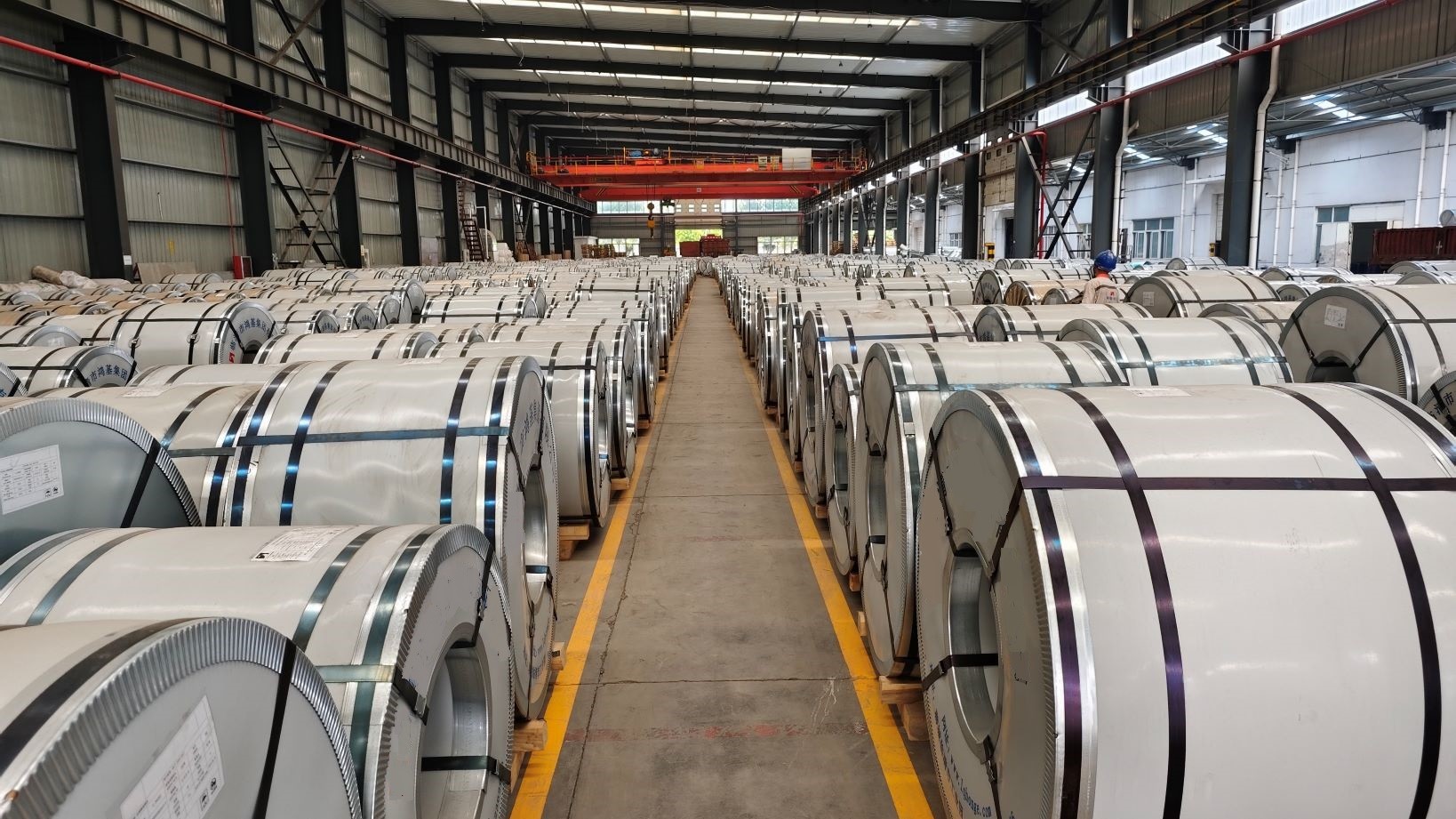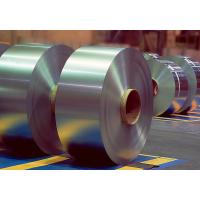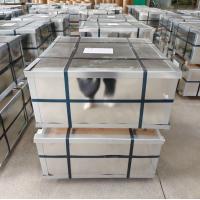JIS G3303 DR-7M 1.1/1.1 Coating Electrolytic Tinplate used for Food
Packaging
1. Introduction
What is Tinplate?
Tinplate, also known as Electrolytic Tinplate (ETP), is a thin
steel sheet coated with a layer of tin through an electrolytic
process. The steel base gives the material strength and
formability, while the tin coating provides excellent corrosion
resistance, a non-toxic surface, and a shiny appearance, making it
ideal for various applications, particularly in food and beverage
packaging.
Structure of Tinplate
Tinplate is composed of several layers:
1. Steel Substrate: The core of tinplate is low-carbon steel,
providing the necessary strength and durability.
2. Tin Coating: The steel sheet is coated with a thin layer of tin,
which is applied through an electrolytic process. The thickness of
the tin layer can vary based on the application, and it protects
the steel from corrosion and gives a glossy finish.
3. Passivation Layer: After tinning, a passivation treatment
(chromate coating) is often applied to enhance corrosion resistance
and promote adhesion for further coatings, such as lacquers or
paints.
4. Oil Coating (Optional): In some cases, a thin oil layer is
applied to protect the tinplate from scratches and oxidation during
storage and handling.
Key Characteristics of Tinplate
- Corrosion Resistance: Tinplate’s primary advantage is its
corrosion resistance, provided by the tin coating. It prevents rust
and other forms of deterioration when exposed to moisture, air, and
certain chemicals.
- Non-Toxic and Food Safe: Tin is non-toxic and safe for food
contact, making tinplate ideal for packaging food, beverages, and
other consumable products.
- Formability: The steel substrate makes tinplate strong yet
malleable, allowing it to be easily shaped into cans, containers,
and other packaging products.
- Aesthetic Appeal: The tin layer gives the material a bright,
shiny appearance, enhancing its visual appeal for consumer
packaging.
- Recyclability: Tinplate is 100% recyclable, making it an
environmentally friendly packaging material.
2. Mechanical Properties of DR Tin Mill Products
GB/T2520, JIS G3303 | EN10202 | TARGET VALUE | TOLERANCE RANGE | YIELD STREGNTH/MPA | TENSILE STRENGTH/MPA |
T-1 | TS230 | 49 | 49±3 | 230±50 | 325±50 |
T-2 | TS245 | 53 | 53±3 | 245±50 | 340±50 |
T-2.5 | TS260 | 55 | 55±3 | 260±50 | 360±50 |
T-3 | TS275 | 57 | 57±3 | 275±50 | 375±50 |
T-3.5 |
| 59 | 59±3 | 290±50 | 390±50 |
T-4 | TH415 | 61 | 61±3 | 415±50 | 435±50 |
T-5 | TH435 | 65 | 65±3 | 435±50 | 460±50 |
DR-7M | TH520 | 71 | 71±3 | 520±50 | 540±50 |
DR-8 | TS550/TH550 | 73 | 73±3 | 550±50 | 570±50 |
DR-8M | TH580 | 73 | 73±3 | 580±50 | 590±50 |
DR-9 | TH620 | 76 | 76±3 | 620±50 | 625±50 |
DR-9M |
| 77 | 77±3 | 660±50 |
|
DR-10 |
| 80 | 80±3 | 690±50 |
|
The hardness is the average value of 2 samples, allowing 1 of them
to exceed the specified allowable range by 1 unit. |
a The yield strength is a reference value determined as required. b Yield strength is the average value of the two samples. The
sample is P5 in GB/T 228, and the direction of the sample is
transverse. c Due to the thickness thinning effect, the elongation is too low
and the yield strength cannot be measured. In this case, the yield
strength is replaced by the tensile strength. d For the tensile test, the width of the parallel part of the
sample is (12.5±1) mm, and the standard distance L0=50mm. Before
the test. The sample should be artificially aged for 20min at 200℃. |
Thickness | Tolerance |
Negative Tolerance | Tolerance | Positive tolerance |
0.18~0.55 SR | +1%~—3% | +2%~—2% | +0%~+3% |
0.15~0.34 DR | +1%~—3% | +2%~—2% | +0%~+3% |
Remarks | The internal control is set at-0.002mm of the thickness of the
contract order. The measurement value of the midpoint in the width
direction of the strip shall prevail. | The internal control sets the thickness of the contract order
thickness. The measurement value of the midpoint in the width
direction of the strip shall prevail. | The internal control is to set the thickness of the contract order
at +0.003mm, and the measured value at the midpoint of the strip
width direction shall prevail. |
1. The thickness of S1, S2, S3 surface and M surface shall be
measured by the flat thickness meter. (The matt surface will be
higher than the actual measurement due to surface roughness.) |
Available Width | Width Tolerance |
General order (normal production requirements) | High-precision ordering |
750~1050mm | +0~+3( aim +0~+1.5) | +0~+2 (aim +0~+1.0) |
3. Applications of Different Types of Tinplate
Applications of Tinplate (Electrolytic Tinplate) and Product
Requirements
Tinplate (Electrolytic Tinplate, or ETP) is a versatile material
used across various industries due to its unique combination of
strength, corrosion resistance, formability, and aesthetic appeal.
It is widely used in packaging, electronics, and manufacturing.
Here’s a detailed overview of the applications of tinplate and the
specific requirements for different products.
1. Food Packaging
One of the primary uses of tinplate is in food packaging due to its
excellent barrier properties and corrosion resistance. The tin
layer prevents interaction between the metal and food, preserving
the quality of the contents.
- Cans for Vegetables, Fruits, Soups, and Beverages:
- Requirements: Food-grade tinplate must have a uniform coating of
tin to prevent contamination and oxidation. The material should be
easy to shape for can production, and must resist internal
corrosion caused by acidic or salty foods.
- Additional Coating: For products with acidic content (e.g.,
tomato sauces), an additional organic lacquer is applied to the
tinplate to protect both the metal and the food.
- Aerosol Containers for Food Sprays and Creams:
- Requirements: These containers must withstand internal pressure,
maintain structural integrity during storage, and prevent rusting.
The tinplate must also have a smooth surface to allow for labeling
and printing.
2. Beverage Packaging
Tinplate is widely used for beverage cans, particularly for beer
and carbonated soft drinks. It offers a strong and non-reactive
surface that preserves the flavor and quality of beverages.
- Requirements:
- Tinplate for beverage packaging must have high formability for
can shaping. It should also have a protective internal coating to
prevent the contents from reacting with the metal.
- Additionally, cans must maintain pressure resistance and
withstand external impacts during transport.
3. Aerosol Packaging
Tinplate is an ideal material for producing aerosol containers for
products such as deodorants, air fresheners, and household
cleaners.
- Requirements:
- Aerosol containers require high mechanical strength to withstand
internal pressure. The tinplate used must also resist corrosion
from potentially harsh chemical contents.
- Coating adherence is crucial for labeling, and the surface should
be smooth for printing and decoration.
4. EQUIPMENT & PRODUCTION LINES






5. TINPLATE COILS & APPLICATIONS






6. Packing and Marking
Offers coils and sheets, coil packed in a vertical form or a
horizontal.
A label that indicates the manufacturing history is affixed to the
outside of the packaging. In addition, a service card is contained
inside.
With regard to types of packing and markings, please consult us.


































